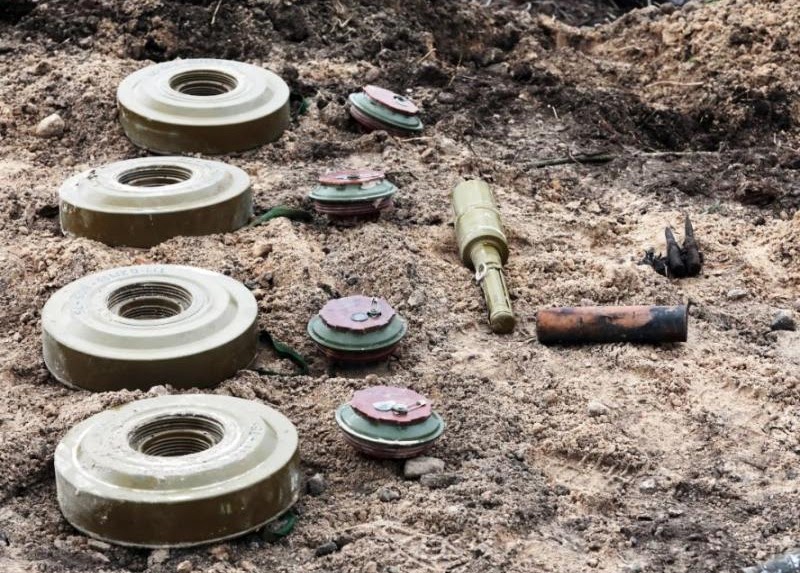Human Rights Watch has demanded an investigation into claims that the Ukrainian military "probably employed" illegal antipersonnel landmines in the region of Izyum in the northeastern part of the country while it was occupied by Russia.
On April 1, more than a month after Russian forces had invaded the neighbouring Ukraine under the leadership of President Vladimir Putin, the city in the Kharkiv region was taken by Russian soldiers. In September, Ukrainian forces launched a counteroffensive that resulted in the retreat of Russian troops from the region to the northeast.
"Ukrainian forces appear to have extensively strewn landmines in the Izyum area, causing civilian losses and providing a continued risk," said Steve Goose, director of HRW's armaments division. On Tuesday, the report was made public.
Close to Russian installations, the rights organisation discovered that Ukrainian forces had fired PFM antipersonnel mines into Russian-occupied territory. PFM antipersonnel mines, often known as “butterfly mines” or “petal mines,” are distinct from other mines in that they are not laid manually. The PFM mines in Izyum “operate only when scattered by aircraft, rockets, and artillery, or when fired from specialised vehicles or launchers,” as the report puts it.
Ukraine signed and ratified the Mine Ban Treaty in 1999, making their usage illegal under international law.
According to the research, “uncleared landmines drive displacement” and make it difficult to provide relief and stop farmers from working the land.
The rights group claims that since the conflict began in February, Russian soldiers have employed antipersonnel explosives in three separate reports across Ukraine.
“But this doesn’t justify Ukrainian use of these prohibited weapons,” Goose said.
In a written response dated November 23, the Ukrainian Ministry of Defense said that “information on the types of weapons used by Ukraine… is not to be commented until the war ends,” suggesting that they had no intention of responding to HRW’s request about the mine use.
The report quotes the ministry as saying, “the military abides by its international obligations, including the prohibition of the use of any antipersonnel mines.”
Researchers from HRW met with over a hundred people in the Izyum region between September 19 and October 9; this included witnesses, victims of landmines, physicians, and Ukrainian de-miners.
Human Rights Watch said mines in and around Izyum city killed eleven civilians.
During Russia’s control of Izyum, “everyone interviewed said they had seen mines on the ground, knew someone who had been injured by one, or had been warned about their presence,” the report read.
Nearly fifty civilians, including five children, were treated for injuries consistent with antipersonnel mines, according to healthcare workers who spoke with HRW. Of these, half required amputation of the foot or lower leg.
One de-miner in Ukraine told HRW, “They are everywhere.”
More than a hundred accounts of locals reporting that Russian occupying forces had placed and distributed fliers warning of the danger of landmines were also compiled for the report.
Some victims of mines were taken to Russia for medical treatment, and the report states that “they also cleared landmines from public areas and civilians’ private property.”



